If you’re looking for some ESL games or activities for teaching months of the year, then you’re certainly in the right place. Keep on reading for the best of those, along with worksheets, lesson plans and online game recommendations for teaching the months to English learners.
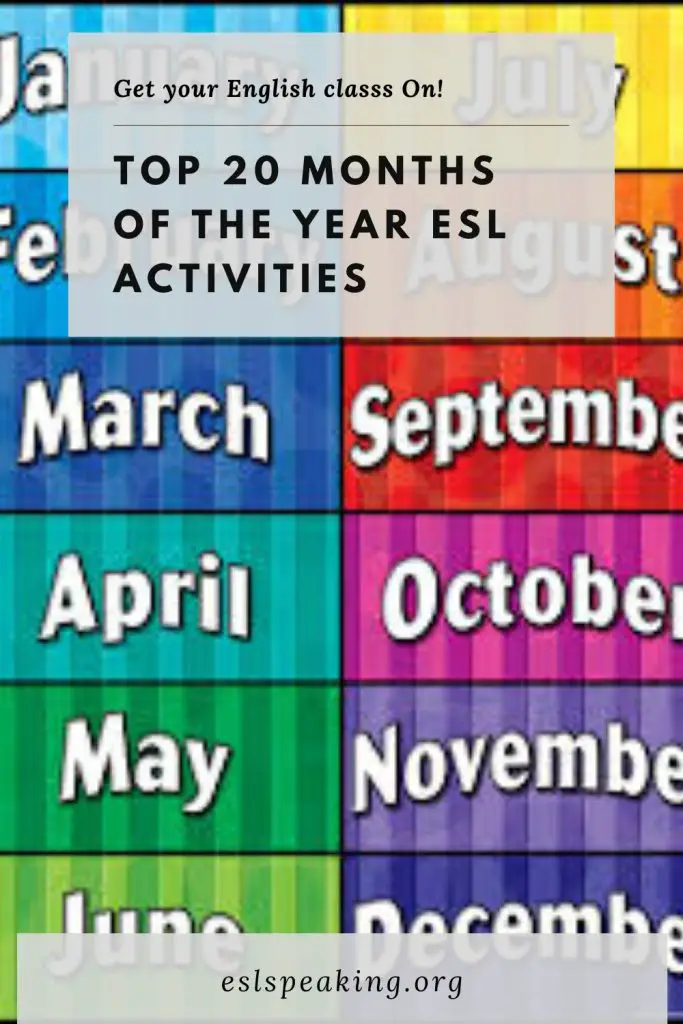
Months of the Year ESL Activities
ESL Months of the Year Activities
Let’s get into the best activities for months of the year ESL.
#1: Dictogloss
This is a challenging ESL activity that covers a range of skills and lends itself well to just about any topic, including months. Find a passage (or write your own) about someone talking about their favourite and least favourite months.
Then, read it out at a faster than normal pace for the level of your students. They have to take some brief notes and then with a partner, attempt to recreate what they heard. Read it again and students do the same. Finally, they compare with the original.
It’s a nice way to review key vocabulary. Find out more about it: ESL Dictogloss Activity.
#2: Months of the Year Chain Spelling
A fun way to review how to spell the months is to play this game. All the students stand up and you say a month. Students spell it out, saying a letter each. If someone misses, they must sit down and are out of the game. The last 1-2 people left standing are the winners.
This is a great activity to have in your back pocket because it requires absolutely nothing in the way of preparation or materials and can be used with any sort of vocabulary that you’re teaching. Check it out: Chain Spelling ESL Game.
- Amazon Kindle Edition
- Bolen, Jackie (Author)
- English (Publication Language)
- 81 Pages - 08/26/2021 (Publication Date)
#3: Running Dictation
A challenging TEFL activity for months is running dictation. Find a conversation between two people talking about their favourite activities or plans they have for certain months of the year (or write your own). Then, in pairs, students have to work together to dictate the conversation and once done, put the pieces in the correct order to make a coherent conversation.
It’s challenging, student-centred and covers a wide range of skills in a single activity. Kind of an ESL teacher’s dream come true! Learn how to do it: Running Dictation.
#4: Just a Minute
Consider using this simple speaking activity to have students talk about their favourite, or least favourite month of the year:
#5: ESL Board Games
In real life, I love to play board games. So, it’s natural that I’d play them in my classes too! It’s super easy to design your own based on whatever grammar or vocabulary you’re teaching, including the months. In this case, you’d want to fill the board with questions like the following:
- What’s your favourite month and why?
- It’s the month before June.
- What months are considered to be “summer” where you live?
- Etc.
Want to design one for your students? Learn how here: Board Games for English Learners.
#6: Telephone
A fun speaking game for kids is telephone or Chinese Whispers. I’m sure you played this as a kid. The way it works is that teams have to pass a message down the line. Then the person at the end compares with the original one. The results are usually so funny!
In this case, you could sprinkle months liberally into your sentences, but it works with any sort of vocabulary. Check it out: Telephone ESL Game.
- Amazon Kindle Edition
- Bolen, Jackie (Author)
- English (Publication Language)
- 122 Pages - 02/23/2020 (Publication Date)
#7: Speaking/Listening Bingo
A fun way to reviews months is to play Bingo. However, just simply stating January, June, etc. doesn’t really have that much educational value. Instead, give some hints like the following:
- It’s the first month of the year
- The month after October
- The last month of the year
Find out more about this Bingo variation here: ESL Listening and Speaking Bingo.
#8: Dialogue Substitution
A common way that vocabulary is introduced in ESL textbooks is through a dialogue. However, it’s often the case that students just read through it very quickly and don’t pay attention to what they’re reading. Of course, it’s not their fault! It’s just that they don’t have a reason to pay attention.
A better way is to remove some key vocabulary words which turns it from simply a reading activity into one that’s focused on meaning as well. Check it out: ESL Dialogue Substitution Activity.
#9: Months of the Year Songs and Chants
If you teach pre-school or kindergarten kids, you’ll want to use some songs and chants in your classes. However, if you’re not musical, not to worry. There are lots of good ones on YouTube that will work for just about any age or level of students.
#10: ESL Surveys
I love to do surveys or questionnaires with my students. Just ask them and they’ll tell you the same thing! For months of the year, there are so many yes/no questions you could use. For example:
- Do you like summer best?
- Do you have winter?
- Are you going on vacation in July or August?
- Do you have allergies that start in March or April?
- Does your family do something special for Christmas in December?
Find out more details about using this versatile ESL activity in your classes: Surveys for ESL.
#11: Picture Prompt ESL Warmer
A nice way to introduce the months and help activate prior knowledge that students may have is to show some pictures. 4 is ideal, one for spring, summer, fall and winter.
Then, elicit some information from the students:
- What the people are doing
- Guesses about which month it is
- The season
- Weather
- Etc.
#12: Word Association
A nice way to introduce the months is to use a brainstorming type of activity. Elicit some months, seasons, weather, activities from the students and organize them onto the board.
For example: you might have a cluster with summer, July, August, swimming, beach, sunny.
It’s a nice activity if your students already know a fair amount of vocabulary related to these things and you want to help them activate their prior knowledge.
#13: Speaking Lesson Plan for Months
It can seem a bit overwhelming to plan an entire speaking lesson from scratch. However, with a template, it’s easier than you might think and it’s possible to design engaging and interesting lesson plans for the months of the year.
Want to give it a try? Learn how to do it: How to Plan an ESL Speaking Lesson.
#14: More Ideas for Teaching ESL
#15: Word Challenge Spelling Game
A fun way to review just about any vocabulary with beginners is to play the word challenge spelling game. All you need is a whiteboard and two markers and students have to race to spell the word you say correctly on the board.
Want to give it a try? Here are the details: ESL Word Challenge Spelling Game.
#16: Months + Comparatives or Superlatives
The months, along with this grammar are a natural fit. Here are just a few of the possible sentences:
- December is the coldest month.
- November is colder than June.
- May is the rainiest month.
- August is usually hotter than July.
Here are more ideas: Comparatives and Superlatives.
#17: Dictation Practice
Dictation has kind of fallen out of favor since the communicative approach has kind of taken over. However, it’s a nice way to review spelling and things like punctuation.
For beginners, just say the month and have students write it down. For more advanced students, include the month in a sentence.
#18: Review Games and Activities
Teaching vocabulary is ALL about review, especially with months because the vocabulary is a bit tricky and doesn’t relate to any other words that students don’t know. I envy those people with languages where the month names translate to month 1, month 2, etc.!
The good news is that there are lots of ways you can help your students remember new words by doing review. Here are some of the top suggestions: ESL Review Activities.
#19: Months of the Year Listening Lesson
I love to use a listening lesson to teach just about anything. Check out this video for all the simple steps and see how easy it is to plan your own!
#20: Include Months in your Classroom Routine
With kids, it’s always useful to have a routine to start the class off with. I’ll generally include some things like:
- Day of the week
- Time
- Feelings
- Weather
You could also include months or seasons if you’ve recently taught this vocabulary. It’s a helpful review and can help students solidify this knowledge through repetition.
Try taking 2-3 minutes at the beginning of class to reinforce some of these key concepts. It’s easy to have a simple chat with your students in this manner and students will enjoy it, especially when they come to expect it.
#21: Weather and Months
Weather, seasons and months are a natural fit with each other and in some ESL textbooks at the high beginner or intermediate level, they are covered together. If they’re not, you can slip in some review of these things if your students have previously studied this vocabulary.
For some of the best ideas, have a look here: ESL Weather Activities and Games.
#22: Look at a Calendar
A nice way to introduce this vocabulary is to have students look at a calendar. They’ll already be familiar with this idea in their own language so it’s a nice way to bridge the gap. Point out each month and say the word. Have students repeat it,
#23: Me Too!
This is a simple activity that is great for teaching the months. Students can make true statements about themselves. For example:
- My favourite month is September.
- I think January is too cold.
- I love it when it snows in December at Christmas.
If the other students in the class agree, they can stand up and say, “Me too! Check it out:
#24: Put the Months in Order
This is a nice activity for learning months of the year. Write down the months on a sheet of paper and laminate it. Cut out each month and then have students work together in groups to put them into the correct order.
#25: Wall Touch
Use these same laminated months cards and tape them to the wall at various points around the classroom. Have students stand up and then give a hint. For example:
- It’s the month after January.
- It’s the last month of the year.
- Etc.
Students have to touch the correct month on the wall.
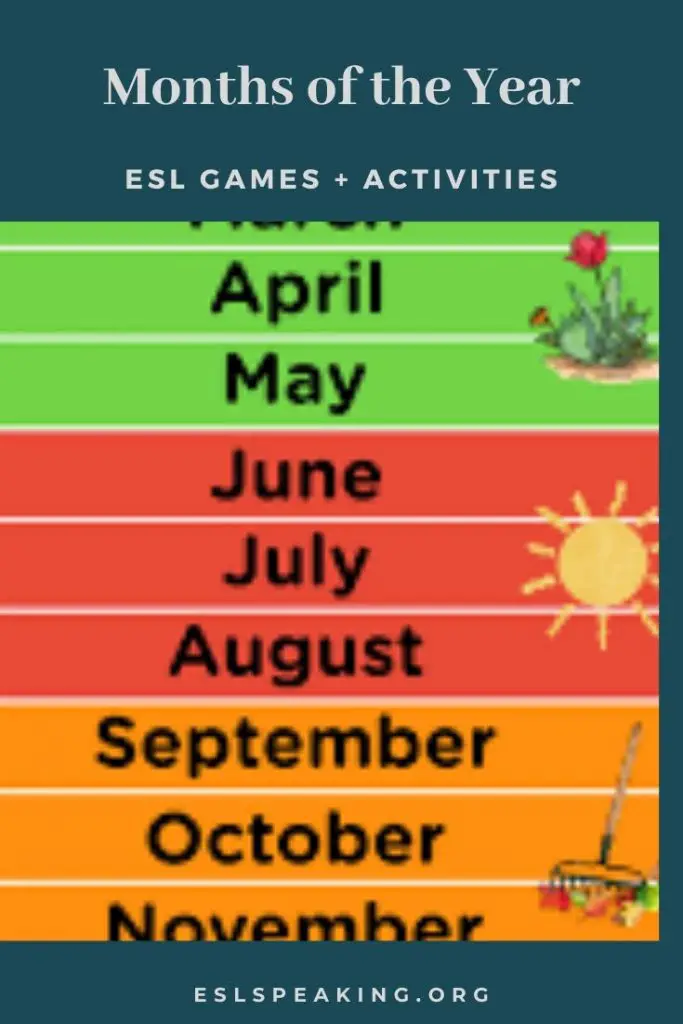
ESL Months Activities and Games
#26: Month Matching Game
Create pairs of cards with the names of the months written on them. Shuffle the cards and place them face down. Have students take turns flipping two cards over to find matching month names. If they match, the student keeps the pair and gets a point. This game helps students associate the names of the months with their positions in the calendar.
#27: Months in a Year Wheel
Create a large wheel with the months of the year arranged in a circle. Attach a spinner or use a pushpin and a paperclip as a spinner. Have students take turns spinning the wheel and then say something related to the month it lands on (e.g., a holiday or a weather characteristic).
#28: Calendar Art
Provide students with a blank calendar template for a specific month. Have them fill in the days of the week and the corresponding dates for that month. Encourage them to draw pictures or write sentences describing important events or holidays in that month.
#29: Timeline Activity for Months of the Year ESL
Create a timeline on a whiteboard or poster with the months of the year. Use visuals or icons to represent key events or holidays associated with each month. Discuss and ask students to place these events on the correct months.
#30: ESL Months of the Year Scavenger Hunt
Create a list of items, activities, or events related to specific months. Give each student or group a list and have them find and report on these items in their everyday lives.
Months of the Year ESL Lesson Plans
A huge time-saver for English teachers can be to use ready-made lesson plans. Here are some of the best ones to consider for this unit:
ESL Months of the Year Worksheets
If you’re a busy teacher, then you’re going to know that making your own ESL worksheets for practice or homework takes a ton of time. The good news is that there are lots of good ones on the Internet that you can just download, print off and and then take to class. Here are some of the best months of the year ESL worksheets:
Online Game Months of the Year
If your students want some additional practice with this key vocabulary, then you’ll need to refer them to the following online games. Have some fun while learning English!
Teaching Months of the Year FAQs
There are a number of common questions that people have about teaching this popular vocabulary to beginners. Here are the answer to some of the most popular ones.
How do you teach ESL months of the year?
To teach ESL months of the year, consider using some of the following games and activities:
- Look at a calendar.
- Putting the months in the correct order.
- Worksheets.
- Spelling games.
- Trivia questions about the months.
What are the Months in English?
The months in English are as follows:
- January
- February
- March
- April
- May
- June
- July
- August
- September
- October
- November
- December
How do you explain months?
A nice way to explain months is to tell students that a month is 30 or 31 days (except for February). Explain each month is further divided into weeks and days. Then, point out the months on a calendar.
What months have 30 days?
September, April, June and November only have 30 days instead of 31. You can remember the saying, “30 days have September, April June and November.”
Did you like these ESL Activities for Months?
- Amazon Kindle Edition
- Smith, Jennifer Booker (Author)
- English (Publication Language)
- 134 Pages - 03/31/2016 (Publication Date)
Yes? Thought so. Then you’re going to love this book over on Amazon: 101 ESL Activities for Kids. The key to better English classes for kids is a wide variety of interesting, engaging activities and games and this book will help you get there in style.
Keep a copy o n the bookshelf in your office to use as a handy reference guide. Or, consider taking a the digital version with you to your favourite coffee shop on your phone, tablet, or laptop for teachers for some lesson planning on the go.
Yes, it really is that easy to have better English classes. Head over to Amazon to pick yourself up a copy of the book today, but only if you want some serious ESL teaching awesome in your life:
ESL Months of the Year: Join the Conversation
Do you have any tips or tricks for teaching the months of the year to English learners? Please leave a comment below. We’d love to hear from you.
Also be sure to give this article a share on Facebook, Pinterest, or Twitter. It’ll help other busy English teachers, like yourself find this useful resource.
Last update on 2024-04-25 / Affiliate links / Images from Amazon Product Advertising API





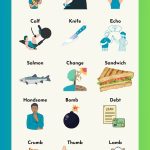
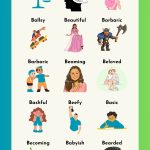
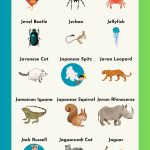
It was so useful! I really like this website. Thanks so much.
It was an amazing activity that I can use in my classes. It’s fun and easy to understand.
My students will enjoy new activities as a warm-up or at the end of a writing lesson.
Thanks a lot for sharing the games and lesson plan.